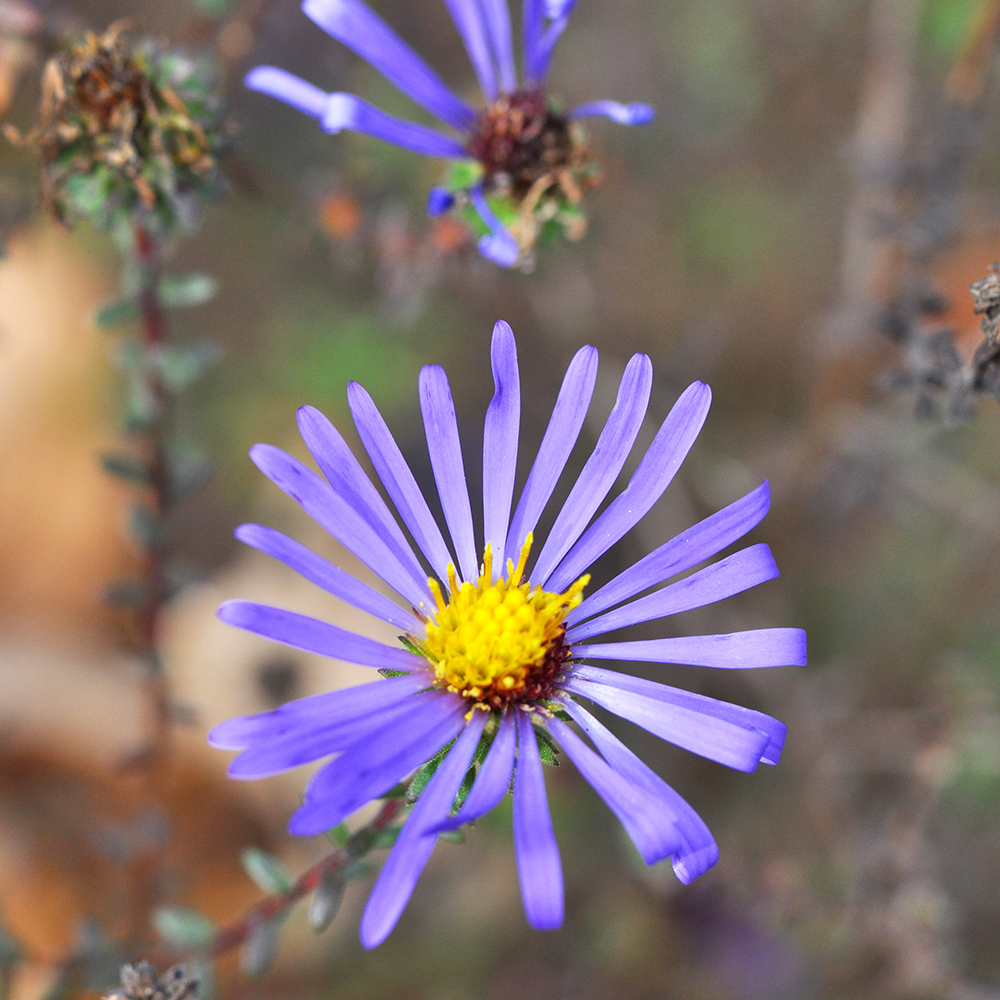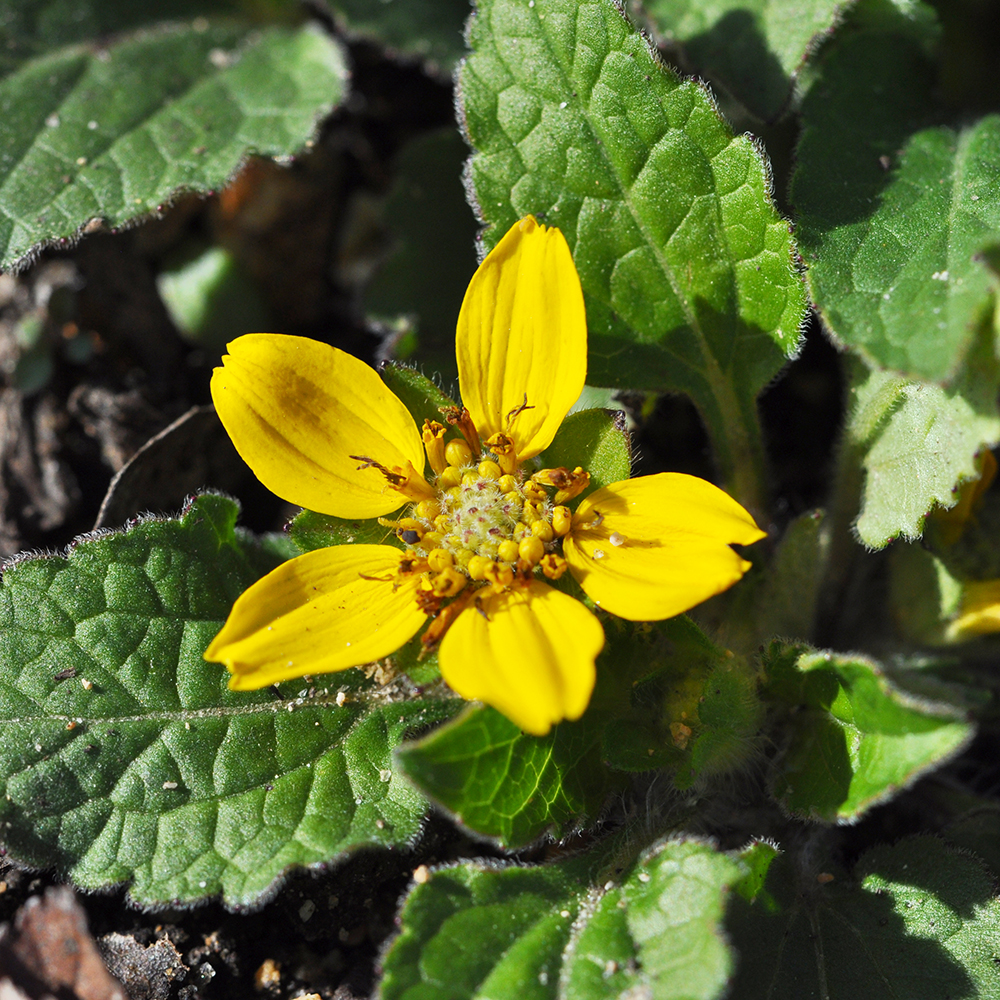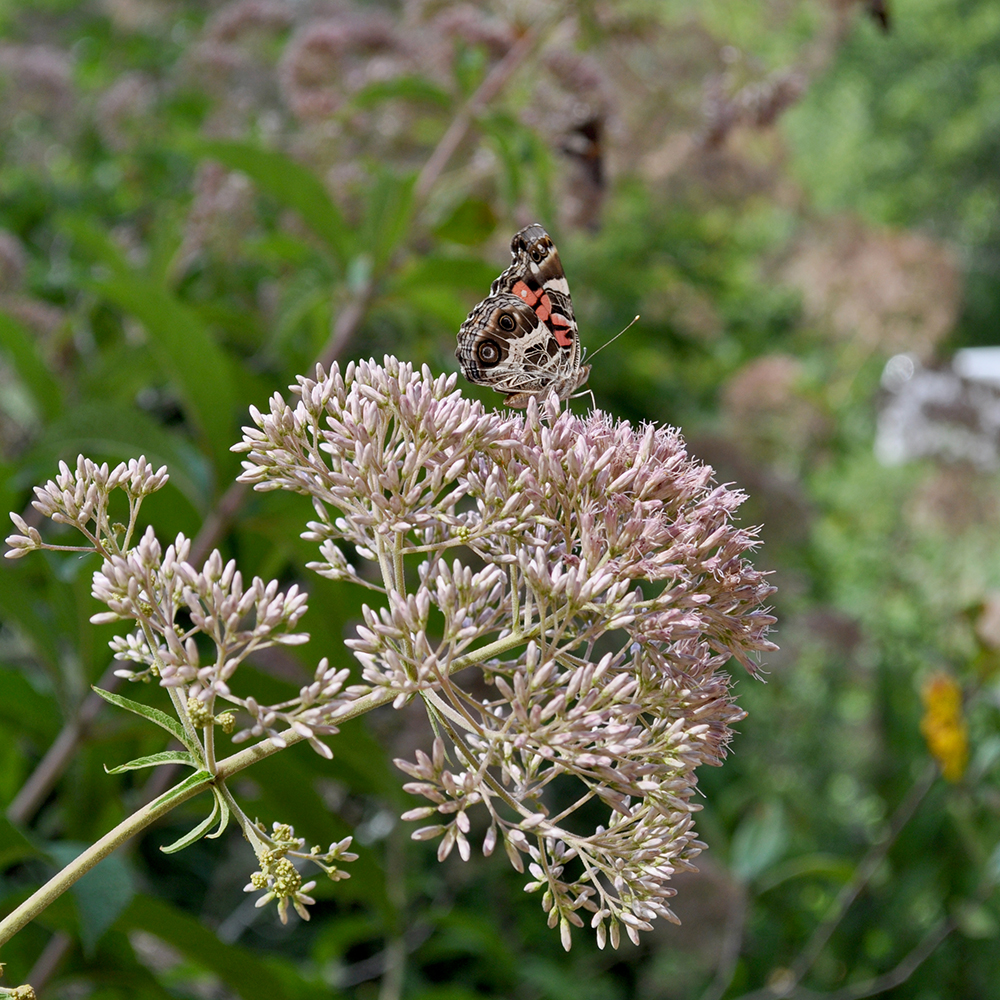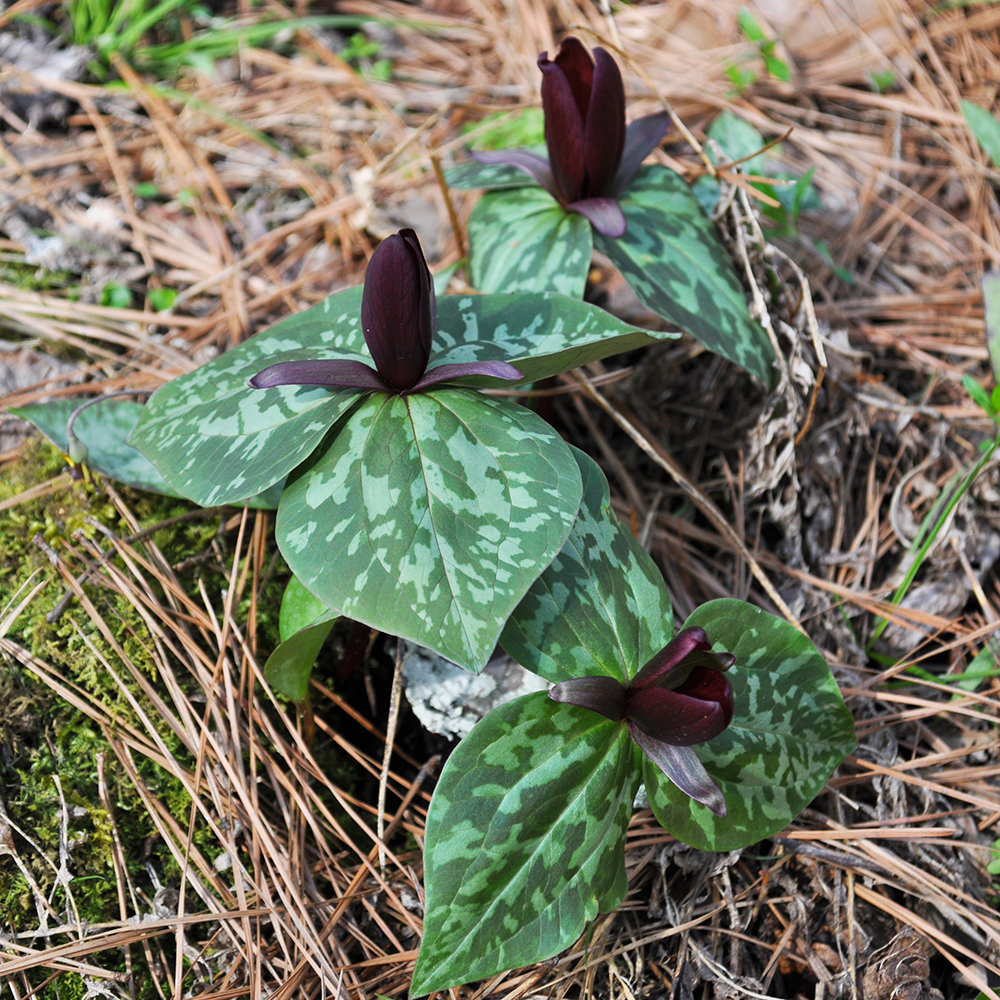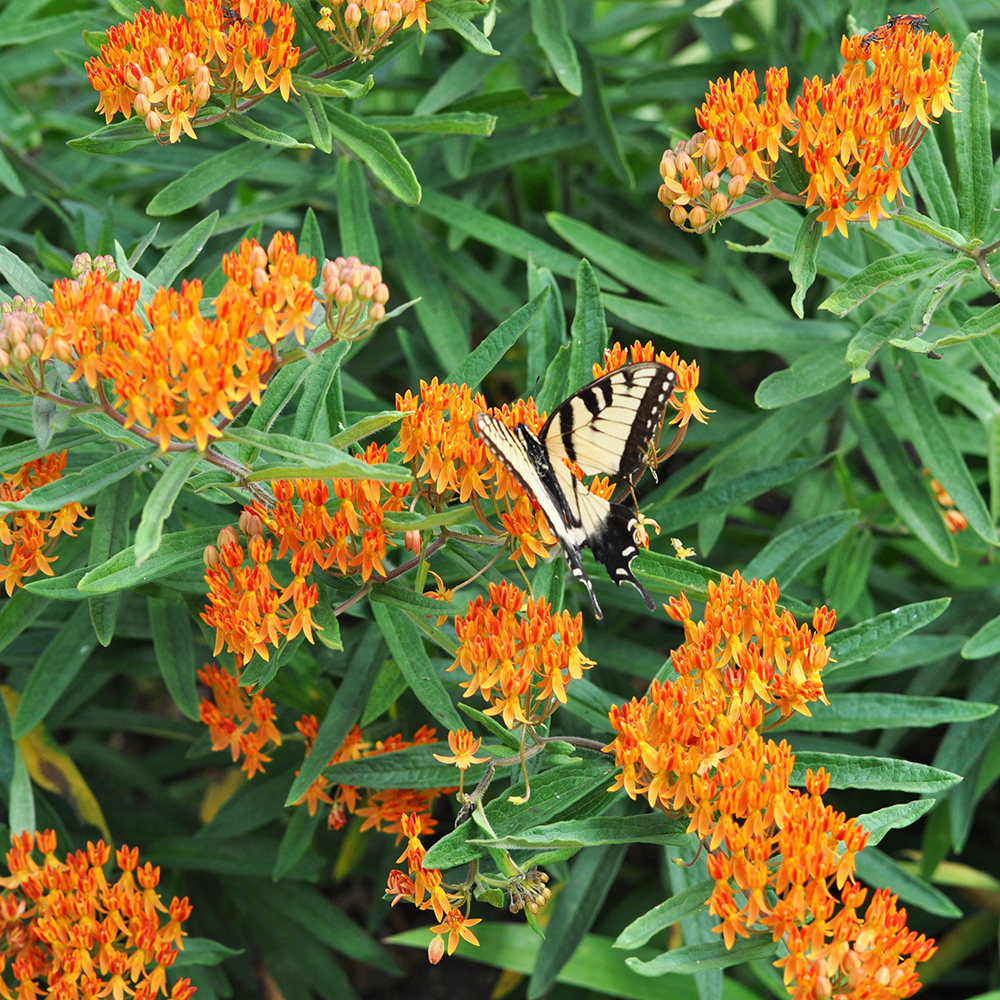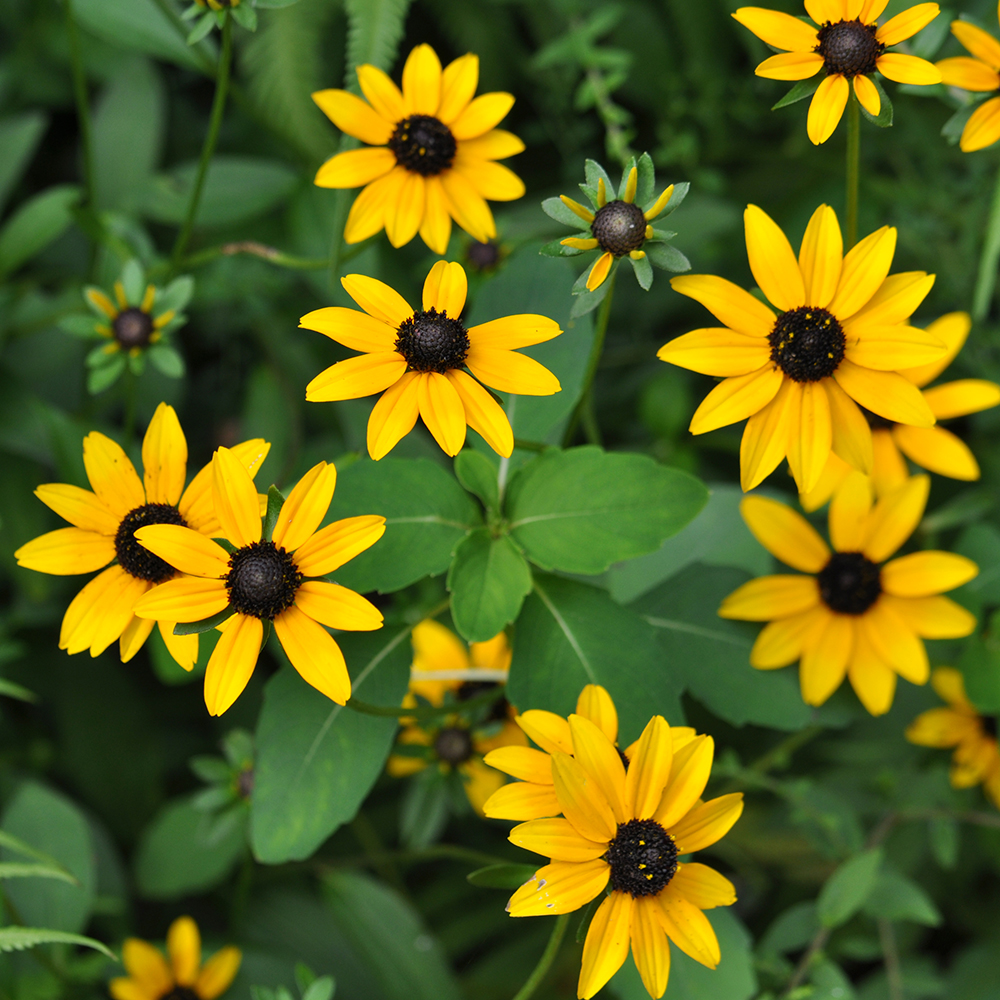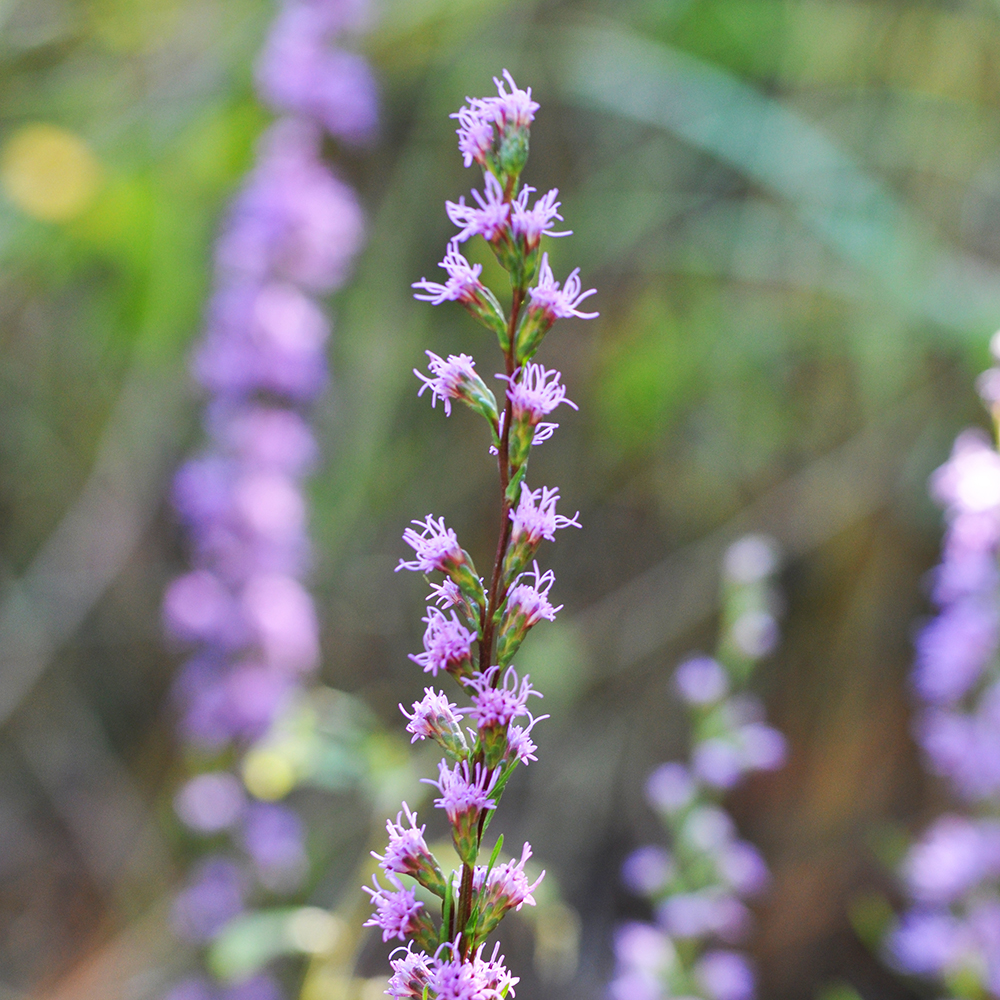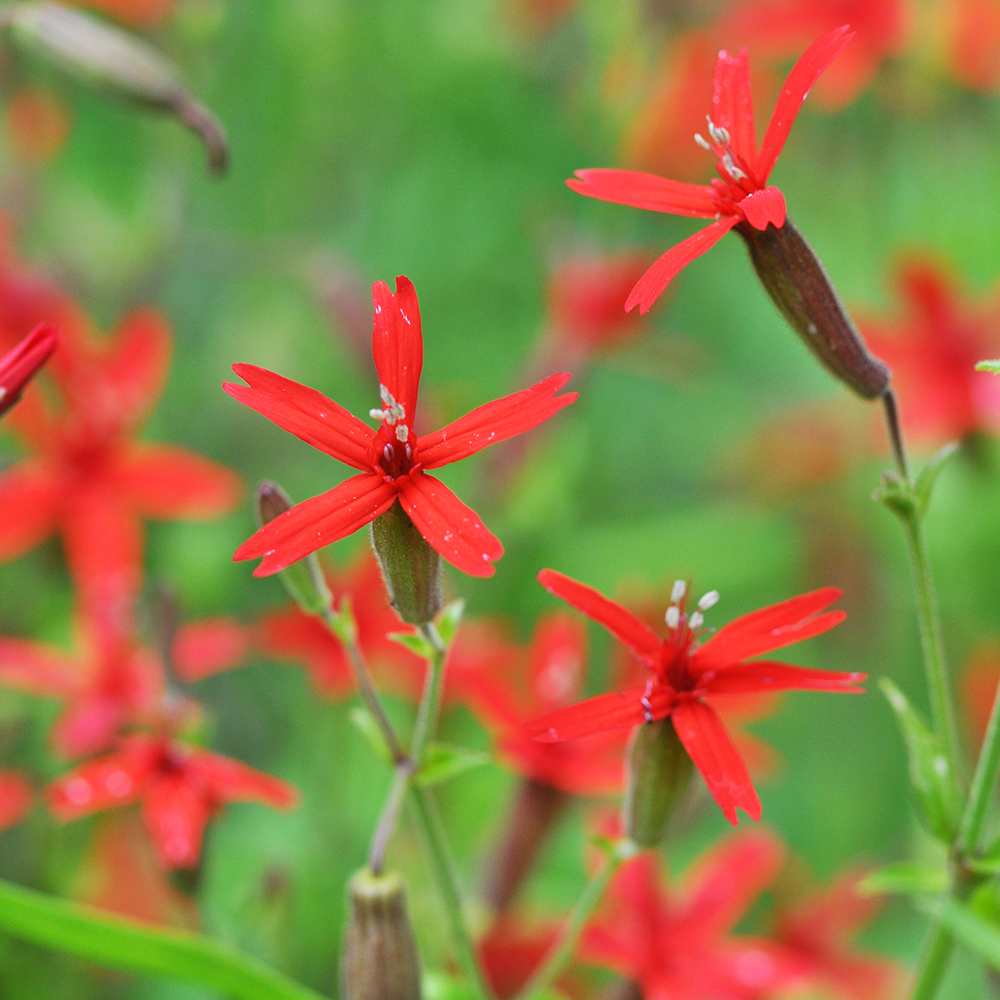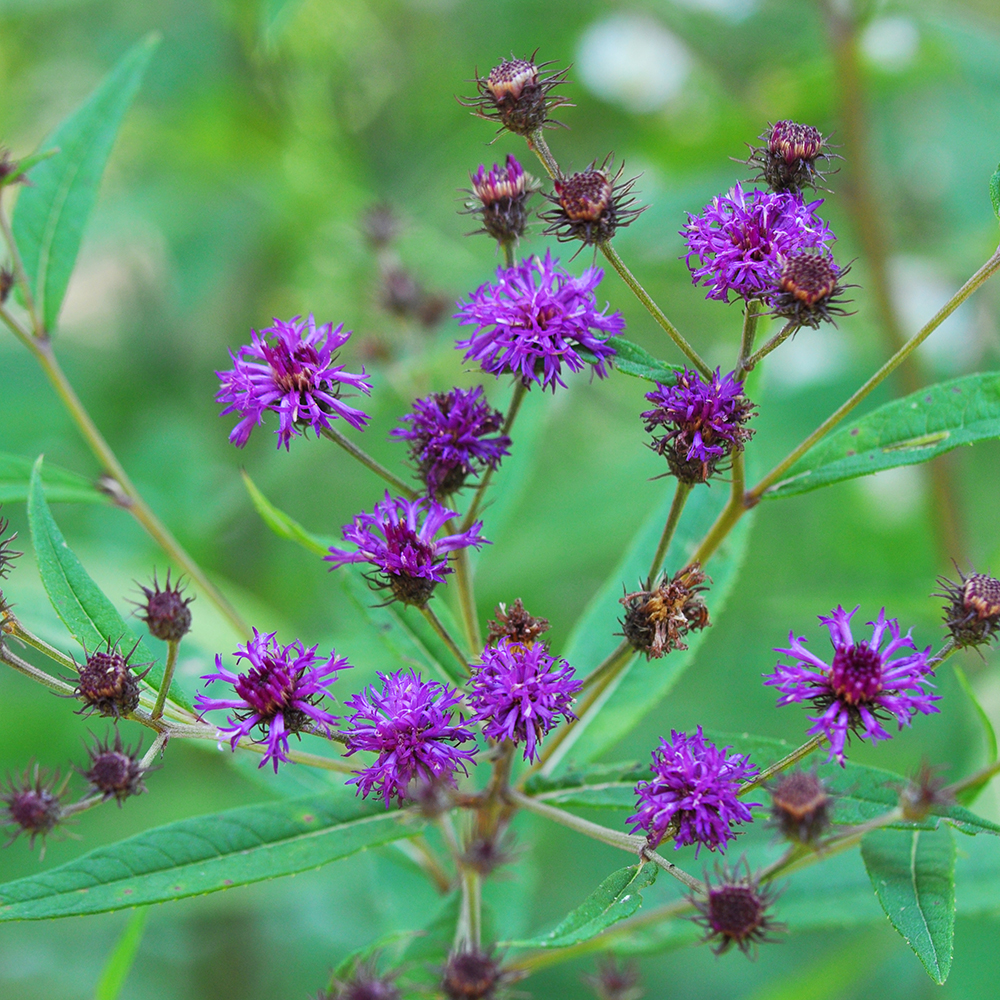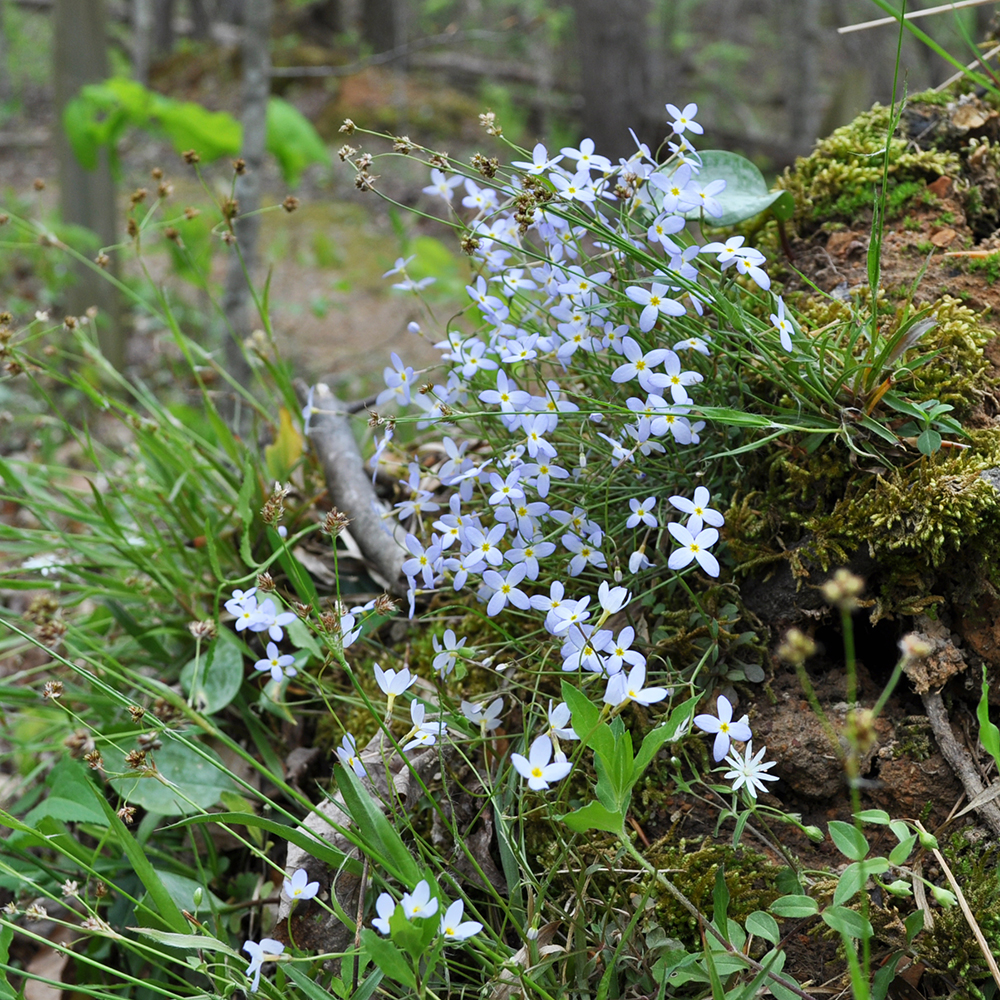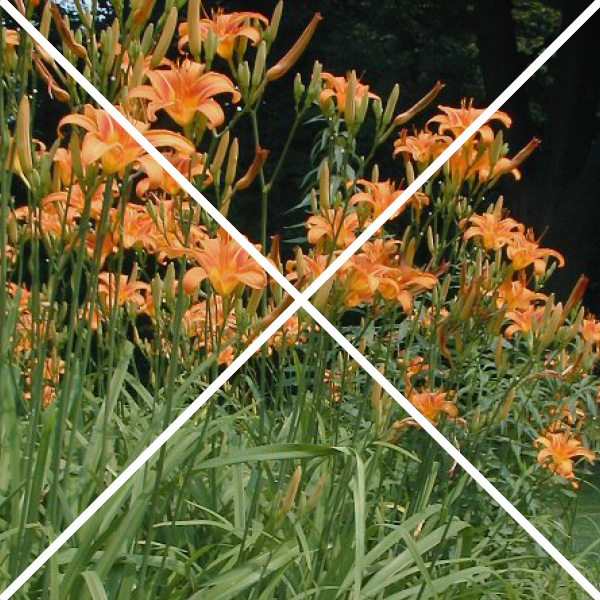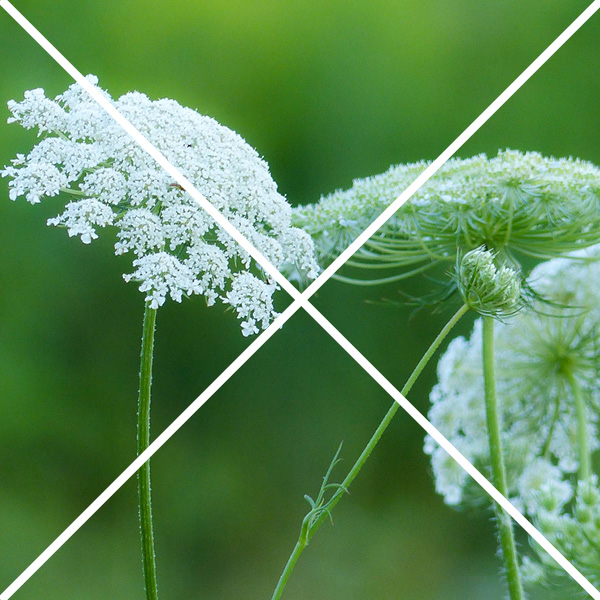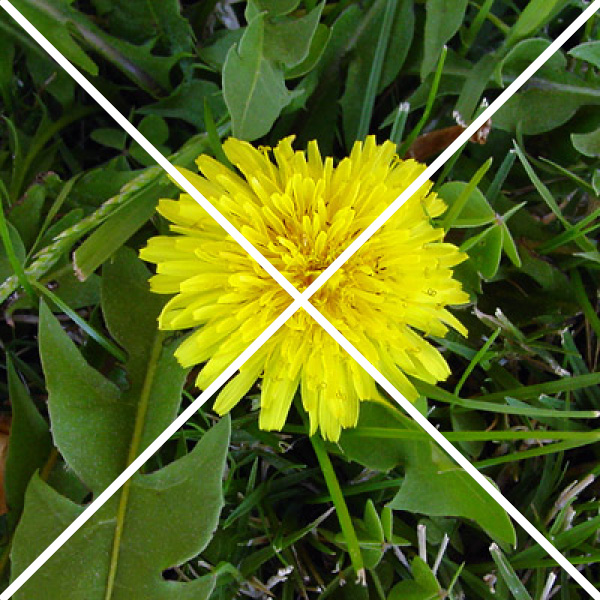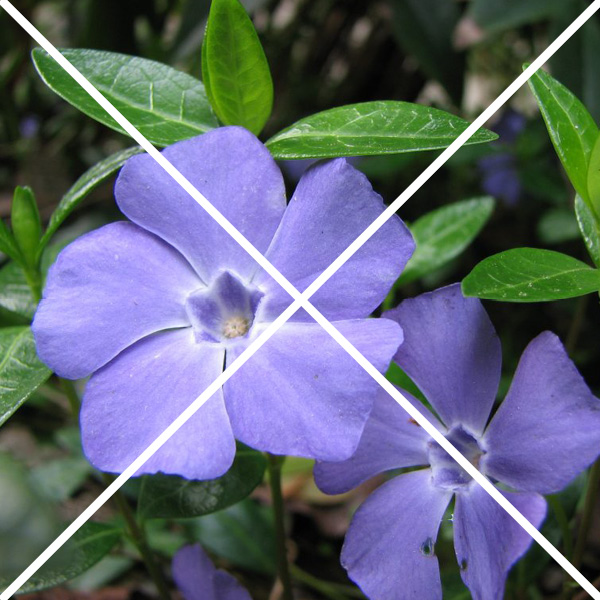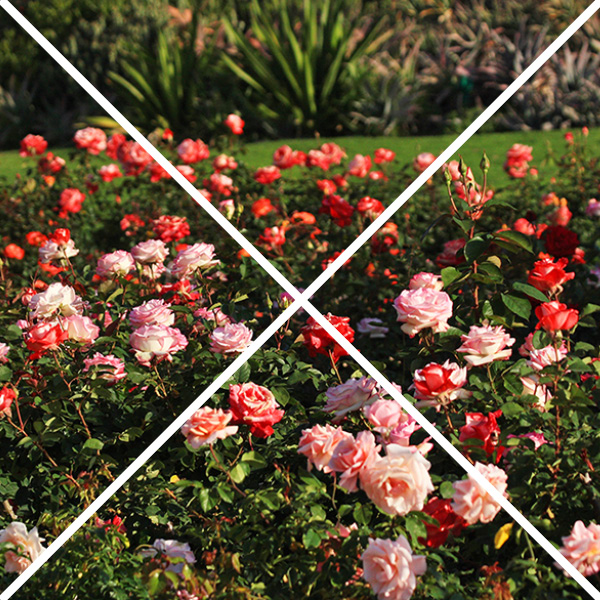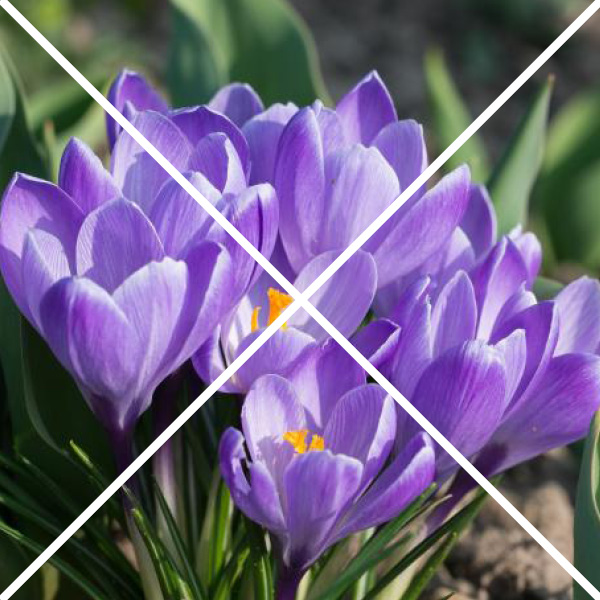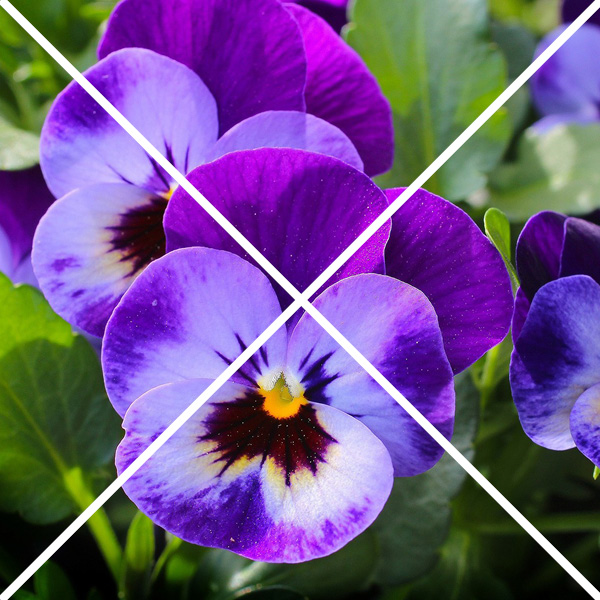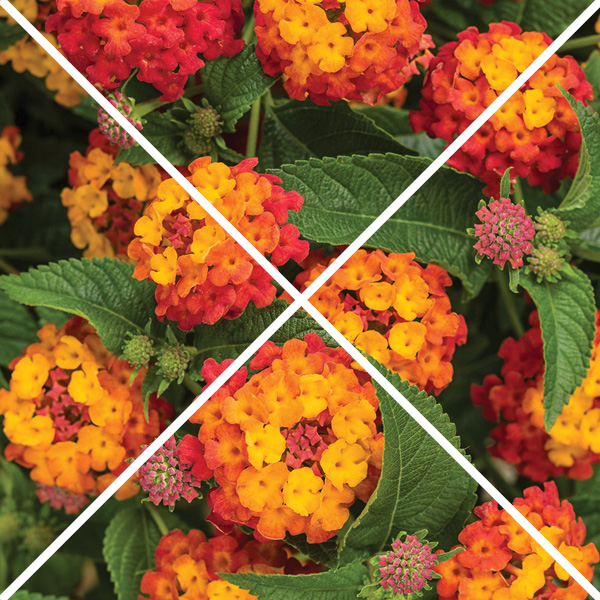DeBerry Gallery Exhibit
Between Friday, November 5, and Sunday, December 19, you’ll be able to come explore Wildflowers of North Carolina: A Community Photo Exhibit in person in our DeBerry Gallery for Botanical Art and Illustration! Originating in 2020 as part of our Year of the Wildflower theme, this show features nearly 400 photos of North Carolina wildflowers by over 100 photographers.
The DeBerry Gallery is open to the public and free to visit during normal Garden hours (9 a.m.-5 p.m. Tuesdays through Saturdays, 1-5 p.m. Sundays). Masks are required indoors. Plan your trip >
Virtual Exhibit
What's a native wildflower?
Let’s break this down.
What’s a native plant?
A native plant grows and reproduces naturally in an area. It wasn’t introduced by humans like many ornamental plants. It has evolved for thousands, if not millions, of years with the land and wildlife around it. A native plant is part of a complex, interconnected community of plants, animals, fungi, and microorganisms that work together to help each other survive.
At the North Carolina Botanical Garden, we focus on the southeastern United States as our native region. For this exhibit, any plant native to the southeastern U.S. and found in North Carolina will work!
What’s a wildflower?
For the purposes of this exhibit, a wildflower is a native flowering plant. In addition to typical wildflowers, this means many vines are wildflowers, as are native grasses!
How do I know if a plant is native?
If you know the name of a flower, the easiest thing to do is Google it. Lots of resources (Wikipedia, the USDA Plants Database, etc) will tell you its native habitat. If you’re starting out around town, you might be surprised at how many typical landscaping plants are not native to our area.
If you’ve found a cool flower but don’t know what it is, there are a few ways to get an answer. There are more and more smartphone apps (Picture This, PlantSnap, Seek, iNaturalist) that will identify (or get close) a plant in a photo you upload.
More of a printed word kind of person? We’ve got a new book out: Wildflowers of the Atlantic Southeast. It’s organized by flower color and features over 1,200 common wildflowers in our area.
Where should I go to find native wildflowers?
If you live in the Triangle, the best place to start is your nearest native plant garden…that’s us! At the North Carolina Botanical Garden, we cultivate hundreds of native plant species in our display gardens.
Throughout the state, nature preserves and other natural areas are a good bet. Check labels at botanical gardens to see if the plants displayed are native. Roadsides are a mixed bag: some of our rarest wildflowers grow there, but so do introduced invasive species.
Examples
If it’s all sounding a little confusing, here are a few examples to get you started. You might recognize plants like orange coneflower, bluets, and milkweed. These are native!
Common Native Wildflowers of North Carolina
But lots of plants you’ll see on roadsides or in the woods are actually not native, like daffodils and Queen Anne’s lace. Many common ornamental plants, like hybrid garden roses and lantanas, originated in other parts of the world. Because they’re not native here, they don’t support our native wildlife. Sometimes they even crowd out important native species.
Here are some examples of plants you might see around town that aren’t native wildflowers.
Common Introduced (Non-Native) Flowers in North Carolina
Go forth and photograph! If you have questions, please contact our communications and exhibits coordinator, Emily Oglesby.
2020: Year of the Wildflower
Wildflowers of North Carolina: A Community Photo Exhibit is part of our 2020: Year of the Wildflower garden-wide focus. Find out more about the wildflower-themed classes, events, and exhibits we’ve got going on.
